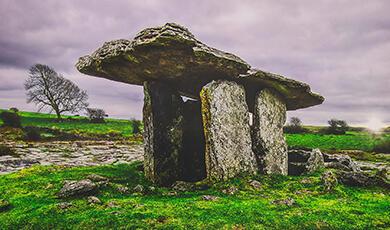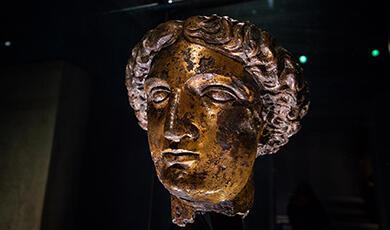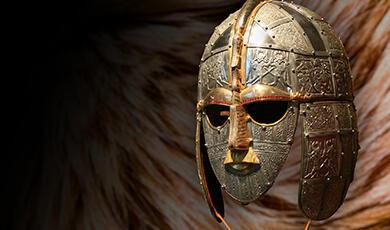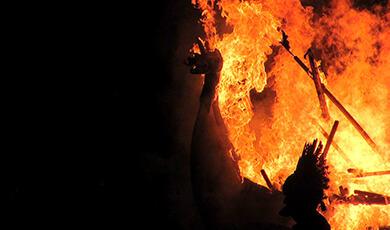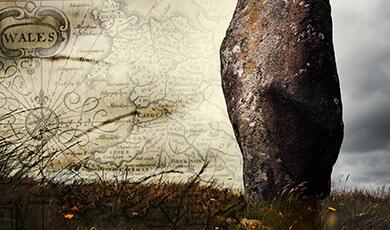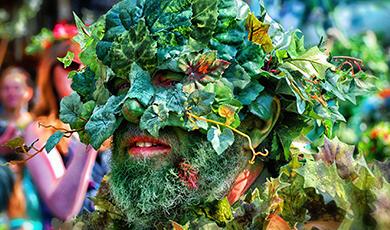Press Release: How Pagan Was Medieval Britain?

British Christianity made paganism redundant
No real evidence of active paganism after 1030
Medieval church carvings like the Sheela-na-gig falsely used as evidence for pagan survival
Embargo: Wednesday 7 June 2023 6pm (UK time)
I would like to invite you to a lecture on How Pagan Was Medieval Britain?, by Professor Ronald Hutton on Wednesday 7 June 6pm (UK time) at The Barbican Centre or online. Professor Hutton will discuss when and how paganism vanished from medieval Britain.
Hutton will explore how the idea of pagan survivals became prevalent among British historians, based on work by folklorist Lady Raglan and Margaret Murray. He will then discuss how historical research then fatally undermined those ideas – for example, witch trials as a persecution of pagans, most associated with Margaret Murray: “Sustained and widespread research into the trial records, across the whole of Europe and its colonies, proved that the individuals prosecuted for witchcraft had not been pagans, even though ancient ideas had played a part in creating some of the belief systems that had produced the trials. After that, the component parts of Lady Raglan’s construct of the Green Man were dismantled. The medieval foliate heads were studied by Kathleen Basford in 1978 and Mercia MacDermott in 2003. They were revealed to have been a motif originally developed in India, which travelled through the medieval Arab empire to Christian Europe.”
Christianity made paganism redundant:
“Medieval British Christianity made paganism unnecessary by reproducing its features in a parallel form, united to a very different theology.” Those features included polytheism, which Hutton explains: “Paganism had many deities. The equivalent in Christianity was provided by saints, who were likewise of both sexes and with many different individual areas of potency. There were hundreds from which to choose. Some had a very localised following. Cornwall alone, famously, had scores. Walstan of Bawburgh was venerated by twenty parishes in Norfolk, and Sidwell in Exeter and East Devon. Just as with pagan deities, the relationship of people with saints was very ad-hoc: they went to them for help when they had specific problems. Such approaches could be much more important to ordinary commoners than mainstream religion, and this remains a feature of traditional Roman Catholic societies…Like pagan deities, also, natural places such as wells and trees were sacred to saints, so that those seeking their help did not need to enter a church if they did not wish it.”
However, pagan temples not generally converted into churches
Hutton will go on to examine how, on the whole, pagan temples were not changed directly into Christian churches in Britain, nor pagan deities into saints. And he will conclude that “There is no real evidence for genuine paganism in Britain after 1030”.
Hutton will say: “Looking to the future, it is clear that both the Protestant Reformation and the Catholic Counter-Reformation, which began together in the sixteenth century, were intended to end this system of medieval religion. Both sought more uniformity, better central control, better education and a piety more closely based on the Bible. In the British case, Protestantism drove out the saints, mass, decorations, women, festive customs and secular merrymaking. It was a self-conscious removal of pagan parallels.”
ENDS
Notes to Editors
You can sign up to watch the hybrid lecture online or in person; or email us for an embargoed transcript or speak to the lecturer: l.graves@gresham.ac.uk / 07799 738 439
Read more about Professor Hutton
Sign up to our monthly newsletter to get advance notice of our events.


 Login
Login
